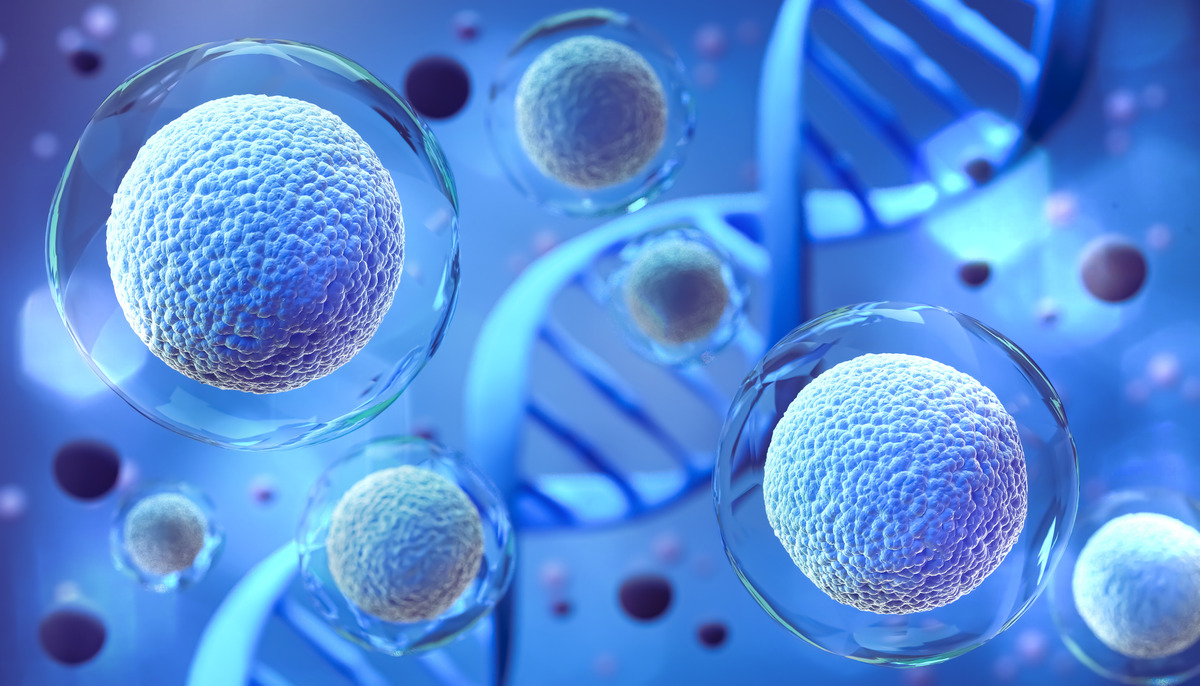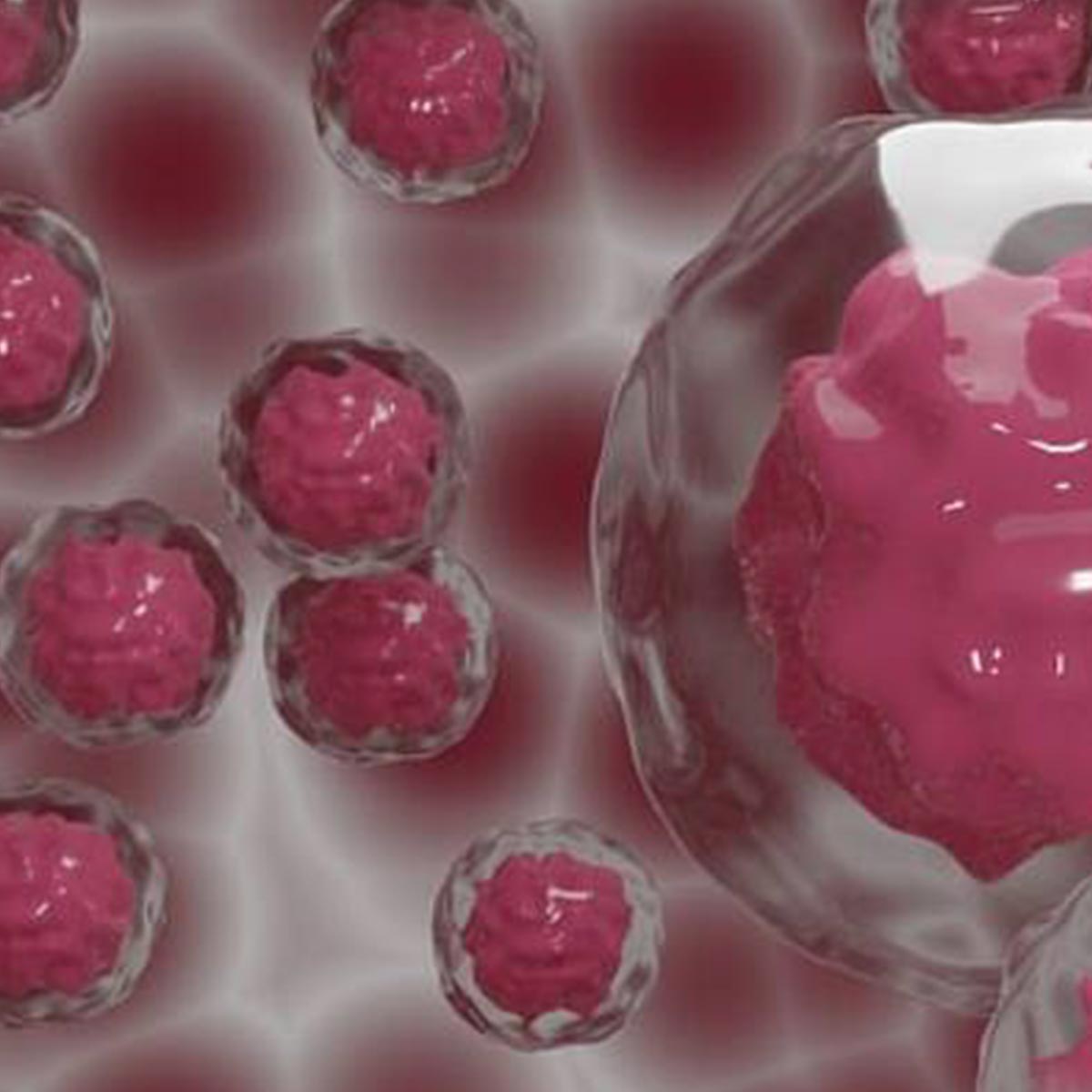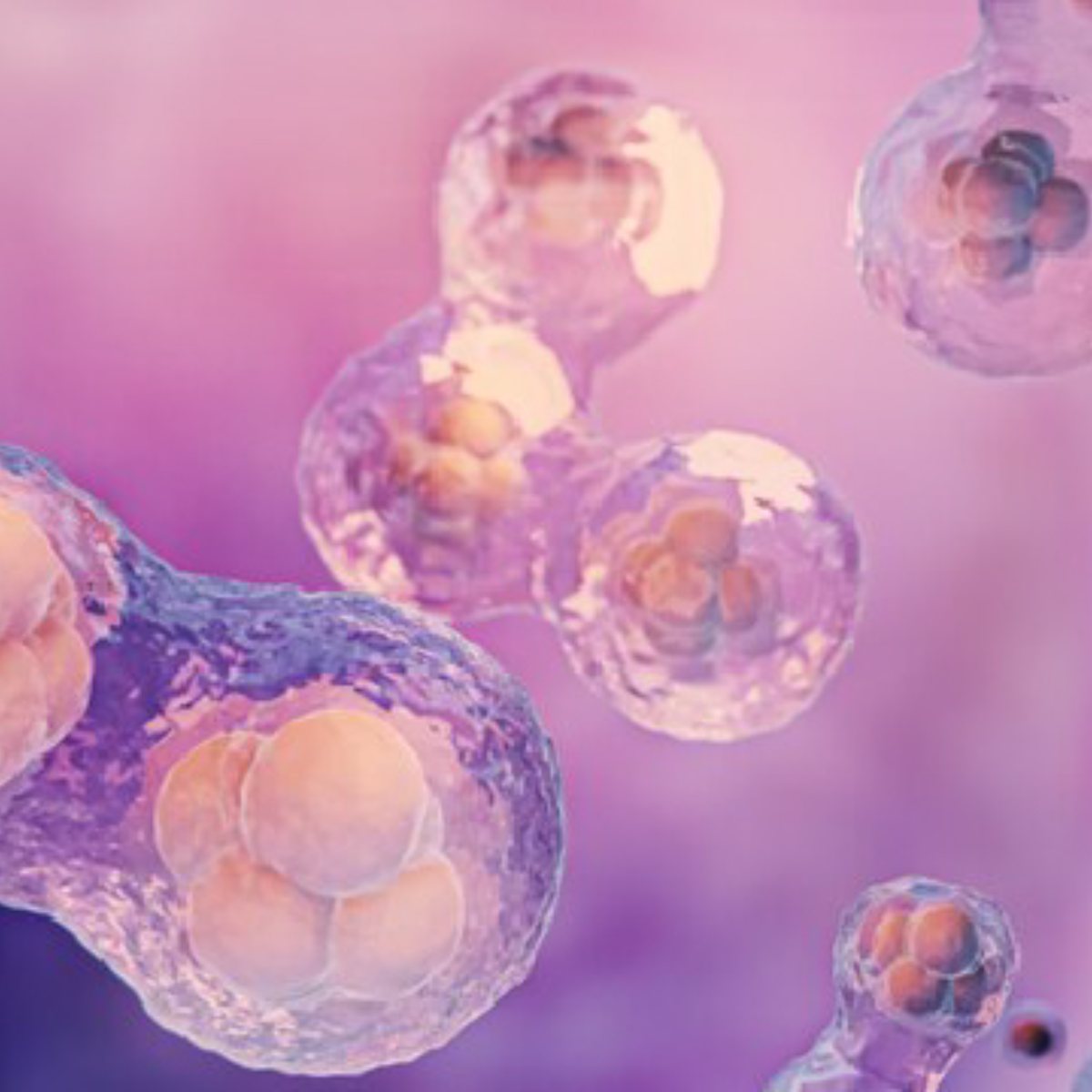What is Stem Cell Banking and How Does it Work?
.jpg)
In recent years, stem cell banking has emerged as a pivotal aspect of healthcare, offering families a unique opportunity to safeguard their future health. At Cryoviva Life Sciences, we're proud to be at the forefront of this medical revolution, providing state-of-the-art stem cell banking services across the nation.
The Growing Importance of Stem Cell Banking
As awareness of cord blood stem cells, stem cell banking has seen exponential growth. This surge is driven by several factors:
- Rising Health Consciousness:
Indian families are increasingly prioritizing preventive healthcare measures.
- Advancements in Medical Science:
The potential applications of stem cells in treating various diseases continue to expand.
- Increasing Affordability:
Competitive pricing has made stem cell banking more accessible to a broader segment of the population.
- Government Support:
Initiatives promoting biotechnology have created a conducive environment for stem cell research and banking.
Cryoviva Life Sciences: Leading Stem Cell Banking in India
At Cryoviva Life Sciences, we offer comprehensive stem cell banking services tailored to the Indian market:
Multiple Stem Cell Sources: We facilitate banking of cord blood, cord tissue, and peripheral blood stem cells.
State-of-the-Art Facilities: Our cryopreservation labs meet international standards, ensuring the highest quality of stem cell preservation.
Pan-India Presence: With collection centers across major cities, we make stem cell banking accessible throughout the country.
Affordable Plans: We offer flexible payment options to suit various budgets, making stem cell banking a reality for more Indian families.
The Process of Stem Cell Banking with Cryoviva Life Sciences
- Pre-Registration
- Collection
- Processing and Testing
- Cryopreservation
- Long-Term Storage
The Future of Stem Cell Banking in India
The potential of stem cell banking in future is vast and growing. As research progresses, banked stem cells could be used to treat a wide array of conditions, including:
- Blood disorders
- Certain cancers
- Metabolic disorders
- Immune system deficiencies
- Neurological conditions
Why Choose Cryoviva Llife Sciences for Stem Cell Banking in India?
At Cryoviva Life Sciences, we believe that stem cell banking in India is more than a service – it's an investment in the health and well-being of future generations. By choosing to bank with us, you're not just preserving cells; you're preserving possibilities for a healthier tomorrow.
Join us in shaping the future of healthcare in India. Choose Cryoviva Life Sciences for your stem cell banking needs – where every cell counts, and every family matters.














 Enquiry
Enquiry
 Email
Email Phone
Phone
 Whatsapp
Whatsapp